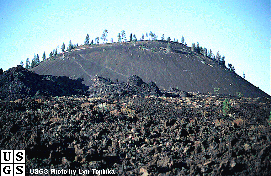This is an image of Mt. St. Helens, in Washington, USA.
Click on image for full size
Image from: USGS, courtesy of Volcano World
Click on image for full size
Image from: USGS, courtesy of Volcano World
When Nature Strikes - Earthquakes
When Nature Strikes - Volcanoes
When Nature Strikes: Tsunami Classroom Activity
When Nature Strikes: Wildfires - Why are they a challenge to stop?
Windows to the Universe Community | |
News | Opportunities |








Real Climate: climate science from climate scientists

